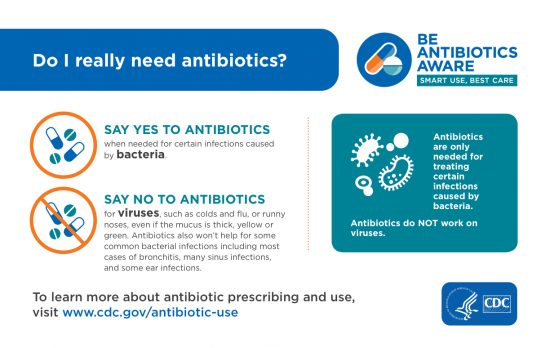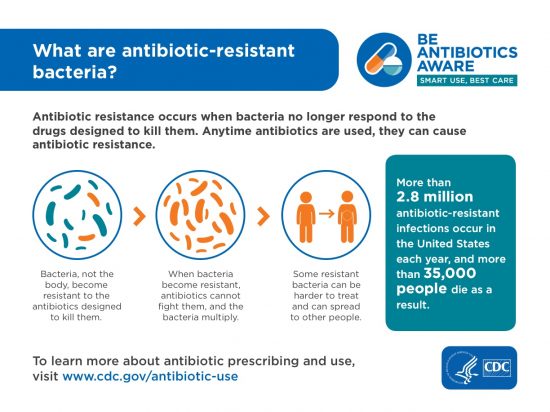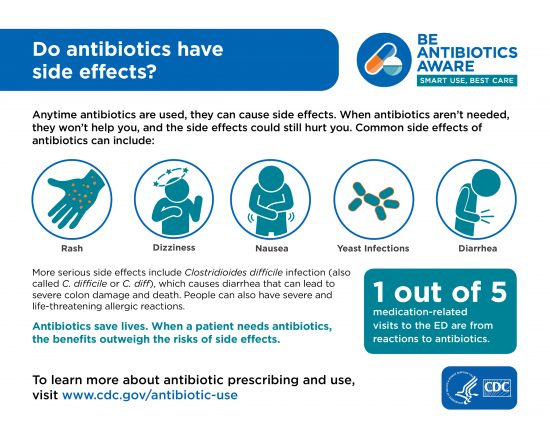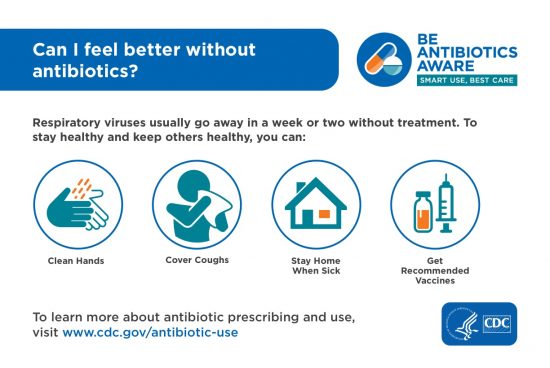Health
Common Colds: Protect Yourself and Others
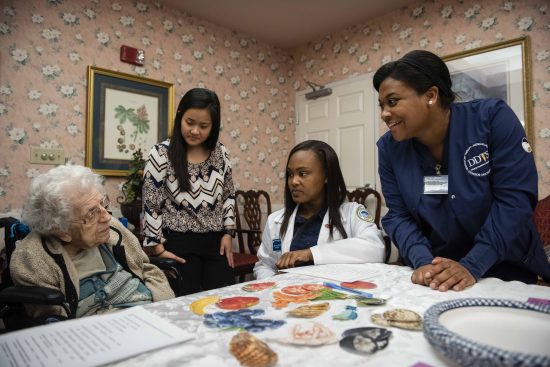
Sore throat and runny nose are usually the first signs of a cold, followed by coughing and sneezing. Most people recover in about 7-10 days. You can help reduce your risk of getting a cold: wash your hands often, avoid close contact with sick people, and don’t touch your face with unwashed hands.
Common colds are the main reason that children miss school and adults miss work. Each year in the United States, there are millions of cases of the common cold. Adults have an average of 2-3 colds per year, and children have even more.
Most people get colds in the winter and spring, but it is possible to get a cold any time of the year. Symptoms usually include:
- sore throat
- runny nose
- coughing
- sneezing
- headaches
- body aches
Most people recover within about 7-10 days. However, people with weakened immune systems, asthma, or respiratory conditions may develop serious illness, such as bronchitis or pneumonia.
Viruses that cause colds can spread from infected people to others through the air and close personal contact. You can also get infected through contact with stool (poop) or respiratory secretions from an infected person. This can happen when you shake hands with someone who has a cold, or touch a surface, like a doorknob, that has respiratory viruses on it, then touch your eyes, mouth, or nose.
You can help reduce your risk of getting a cold:
Wash your hands often with soap and water. Wash them for 20 seconds, and help young children do the same. If soap and water are not available, use an alcohol-based hand sanitizer. Viruses that cause colds can live on your hands, and regular handwashing can help protect you from getting sick.
Avoid touching your eyes, nose, and mouth with unwashed hands. Viruses that cause colds can enter your body this way and make you sick
Stay away from people who are sick. Sick people can spread viruses that cause the common cold through close contact with others.
If you have a cold, you should follow these tips to help prevent spreading it to other people:
- Stay at home while you are sick and keep children out of school or daycare while they are sick.
- Avoid close contact with others, such as hugging, kissing, or shaking hands.
- Move away from people before coughing or sneezing.
- Wash your hands after coughing, sneezing, or blowing your nose. Disinfect frequently touched surfaces and objects, such as toys and doorknobs.
- There is no vaccine to protect you against the common cold.
There is no cure for a cold. To feel better, you should get lots of rest and drink plenty of fluids. Over-the-counter medicines may help ease symptoms but will not make your cold go away any faster. Always read the label and use medications as directed. Talk to your doctor before giving your child nonprescription cold medicines, since some medicines contain ingredients that are not recommended for children. Learn more about symptom relief of upper respiratory infections, including colds.
Antibiotics will not help you recover from a cold caused by a respiratory virus. They do not work against viruses, and they may make it harder for your body to fight future bacterial infections if you take them unnecessarily. Learn more about when antibiotics work.
You should call your doctor if you or your child has one or more of these conditions:
- symptoms that last more than 10 days
- symptoms that are severe or unusual
- if your child is younger than 3 months of age and has a fever or is lethargic
You should also call your doctor right away if you are at high risk for serious flu complications and get flu symptoms such as fever, chills, and muscle or body aches. People at high risk for flu complications include young children (younger than 5 years old), adults 65 years and older, pregnant women, and people with certain medical conditions such as asthma, diabetes, and heart disease.
Your doctor can determine if you or your child has a cold or the flu and can recommend treatment to help with symptoms.
Causes of the Common Cold
Many different respiratory viruses can cause the common cold, but rhinoviruses are the most common. Rhinoviruses can also trigger asthma attacks and have been linked to sinus and ear infections. Other viruses that can cause colds include respiratory syncytial virus, human parainfluenza viruses, adenovirus, human coronaviruses, and human metapneumovirus.
The flu, which is caused by influenza viruses, also spreads and causes illness around the same time as the common cold. Because these two illnesses have similar symptoms, it can be difficult (or even impossible) to tell the difference between them based on symptoms alone. In general, flu symptoms are worse than the common cold and can include fever or feeling feverish/chills, cough, sore throat, runny or stuffy nose, muscle or body aches, headaches and fatigue (tiredness). Flu can also have very serious complications. CDC recommends a yearly flu vaccination as the first and best way to prevent the flu. If you get the flu, antiviral drugs may be a treatment option.
Be Antibiotics Aware is a national effort to help fight antibiotic resistance and improve antibiotic prescribing and use. Antibiotics save lives, but any time antibiotics are used, they can cause side effects and lead to antibiotic resistance. In U.S. doctors’ offices and emergency departments, at least 47 million antibiotic prescriptions each year are unnecessary, which makes improving antibiotic prescribing and use a national priority.
Regular Check-Ups are Important
It’s time to take charge of your health! Schedule an appointment with your health care provider to discuss what screenings and exams you need and when you need them.
Below are resources to help you and your health care provider determine what health services and screenings are best for you.
Regular health exams and tests can help find problems before they start. They also can help find problems early, when your chances for treatment and cure are better. By getting the right health services, screenings, and treatments, you are taking steps that help your chances for living a longer, healthier life. Your age, health and family history, lifestyle choices (i.e. what you eat, how active you are, whether you smoke), and other important factors impact what and how often you need healthcare.
The best place to go for health services is your regular health care provider. However, if you do not have one, the links below provide other options.
CDC’s National Breast and Cervical Cancer Early Detection Program (NBCCEDP) offers free or low-cost mammograms and Pap tests. Find out if you qualify.
The links below provide information about important exams, screenings, and vaccinations.
The links below provide tools to help you prepare for your next appointment.
You may also want to start a campaign in your community (i.e. a faith-based setting, workplace, school, or civic group) to encourage others to make an appointment for a check-up or health screening on National Women’s Check-Up Day (the day after Mother’s Day each year) or National Men’s Health Week (the week before Father’s Day each year).
Last updated: 5/17/2022

